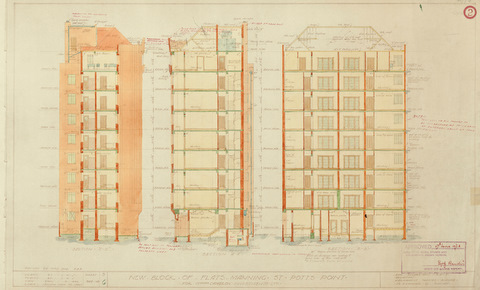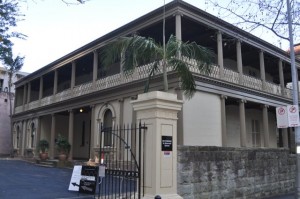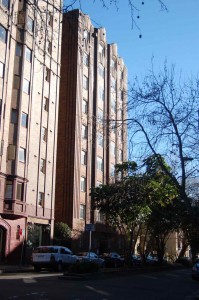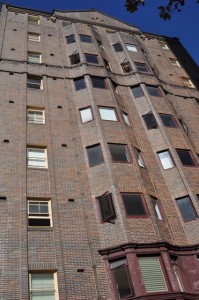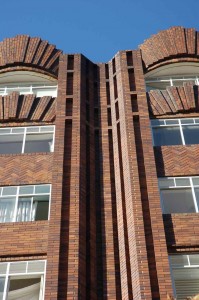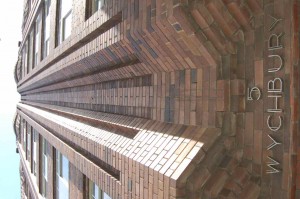History – Find out more about Wychbury
Historical and Architectural Context
Wychbury was completed in 1934.
To place Wychbury in its historical context, the Anzac War Memorial in Hyde Park designed by C. Bruce Dellit with reliefs by Rayner Hoff was completed in the same year.
The Archibald Fountain in Hyde Park – Sculptor Francois Sicard – Architect B.J. Waterhouse had been completed two years earlier in 1932.
The AWA Building, 45 York Street by Architects Morrow and Gordon with Robertson, Martin and McCredie with its replica of the Eiffel Tower was completed one year later in 1935.
The City Mutual (CML) Life Building on the corner of Hunter and Bligh Street, with Wychbury’s Architect Emil Sodersteen was completed in 1936.
In terms of residential buildings, Wychbury is contemporary with: –
- Selsdon (1934) – 16 Macleay Street – Architects Provost & Ruwald; and
- Birtley Towers (1934) – 8 Birtley Place – Wychbury’s Architect – Emil Sodersteen.
Construction History and Architectural Observations
Wychbury and her non-identical twin sister Werrington (1930) stand on land which was part of the Tusculum estate. Tusculum House stands adjacent to Wychbury at 3 Manning Street.
Tusculum House was designed by John Verge and constructed in 1831 to 1835. It was a large town-house set in 9 acre grounds the subject of a private land grant from Governor Ralph Darling to Alexander Brodie Spark, which included Tusculum Street, Orwell and Manning Street. Tusculum was named after a town in the Alban Hills, outside Rome, where villas were built in the classical period. It seems Tusculum’s first occupant was William Broughton, Anglican Archdeacon. Tusculum is generously proportioned. It a two storey regency villa with cellar and is rectangular in plan with verandas supported by ionic iron columns.
Tusculum House is now the headquarters of the NSW Division of the Australian Institute of Architects. An extension at the rear house houses offices and a bookshop.
Subdivision of the Potts Point estates started as the colony fell on hard times in the 1840s. As a sub-division of the land which originally formed part of the Tusculum estate, Werrington and Wychbury were built for the same promoter, Cameron Williams Construction Co, and were considered part of one overall project.
Both Wychbury and Werrington are 8 stories and the roof terraces were once connected.
The Wychbury/Werrington project maintained the principles of apartment planning pionered by ‘Kingsclere’ (1912) – 1 Greenknowe Avenue – by introducing two lift/service cores.
The two buildings represent a shift in the style of Emil Sodersteen – see the webpost on the Architect – from a classical late federation style to art deco expression.
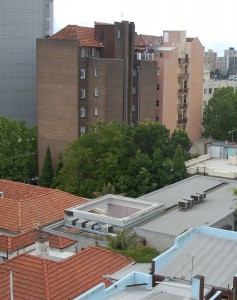
Wychbury and Werrington from South-west with roof of Tusculum House and Australian Institute of Architects in foreground
The facades of both buildings are symmetrical. Werrington’s style is influenced by tudor gothic, but is finished with a classical capital, where by contrast Wychbury exhibits characteristic art deco style with its facade divided into 4 bays separated by projected stacked pilasters, and topped by a flayed brick capped.
Wycbury’s facade is one of brick piers with vertical recesses which lead to this original fanned brickwork capping detail above the heads of the top storey windows. The whole facade brickwork effect slays outwards and upwards.
Sodersteen’s handling of the brickwork shows a mastery in the use of the material. This brick element is used to the limit of its possibilities.
The Future
The Wychbury Board are committed to caring for this special apartment building.


